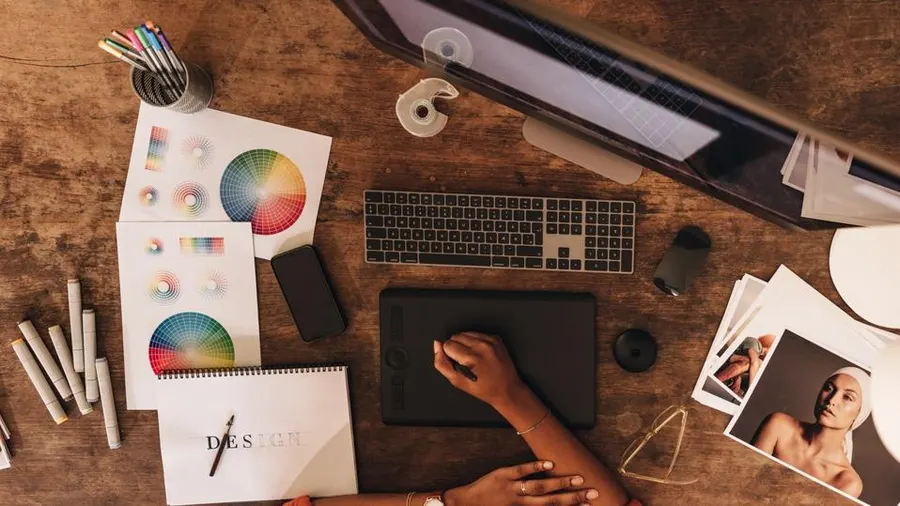Graphic Designers
Arts and Design

Jobs Description
Job Overview: Graphic Designer
A Graphic Designer creates visual content to communicate messages and ideas effectively. They use design software and tools to produce a variety of materials, including marketing collateral, websites, advertisements, and branding elements. Graphic Designers work across industries to enhance brand identities and engage audiences through compelling visuals.
Key Responsibilities:
-
Concept Development: Collaborate with clients or internal teams to understand project goals and requirements. Develop creative concepts and design solutions that align with the client's brand and objectives.
-
Design Creation: Use design software and tools (e.g., Adobe Creative Suite, Sketch, Figma) to create visually appealing graphics, including logos, brochures, banners, social media posts, and website layouts.
-
Branding: Develop and maintain consistent brand identities by creating and applying design guidelines and standards across various platforms and materials. Ensure that all designs reflect the brand’s voice and message.
-
Layout and Typography: Design layouts for print and digital media, paying attention to typography, color schemes, and visual hierarchy. Ensure that text and images are arranged in a way that enhances readability and visual appeal.
-
Client Communication: Work closely with clients or stakeholders to gather feedback, make revisions, and ensure that design solutions meet their needs and expectations. Present and explain design concepts and rationale.
-
File Preparation: Prepare final design files for production or digital use, including ensuring correct formats, resolutions, and specifications. Manage and organize design assets for easy retrieval and future use.
-
Market Research: Stay informed about design trends, industry best practices, and emerging technologies. Incorporate current trends and innovative techniques into design work to keep it fresh and relevant.
-
Project Management: Manage multiple design projects simultaneously, adhering to deadlines and budgets. Track progress, coordinate with other team members or departments, and ensure timely delivery of completed designs.
-
Quality Assurance: Review and proofread designs to ensure accuracy and quality. Check for consistency, resolve any issues, and make necessary adjustments before finalizing designs.
-
Collaboration: Collaborate with other creative professionals, such as copywriters, marketers, and developers, to integrate design elements with content and functionality. Participate in brainstorming sessions and contribute to creative ideas.
Skills & Qualifications:
- Proficiency in design software such as Adobe Photoshop, Illustrator, InDesign, and other relevant tools
- Strong understanding of design principles, including typography, color theory, and layout
- Creative thinking with the ability to develop innovative design solutions
- Excellent communication and interpersonal skills for client interaction and teamwork
- Strong attention to detail and ability to produce high-quality work
- Ability to manage multiple projects and meet deadlines effectively
- Knowledge of web design principles and user experience (UX) is a plus
- Bachelor’s degree in Graphic Design, Visual Arts, or a related field, or equivalent professional experience
Career Path: Graphic Designers can advance to roles such as Senior Graphic Designer, Art Director, or Creative Director. With experience and a strong portfolio, opportunities may include specializing in areas like UI/UX design, motion graphics, or branding. Graphic Designers may also choose to freelance, start their own design studio, or transition into related fields such as marketing or advertising. Career development can be supported by obtaining certifications in advanced design techniques or software, and by building a strong professional portfolio showcasing diverse and impactful work.
Subscribe to Our Newsletter!

